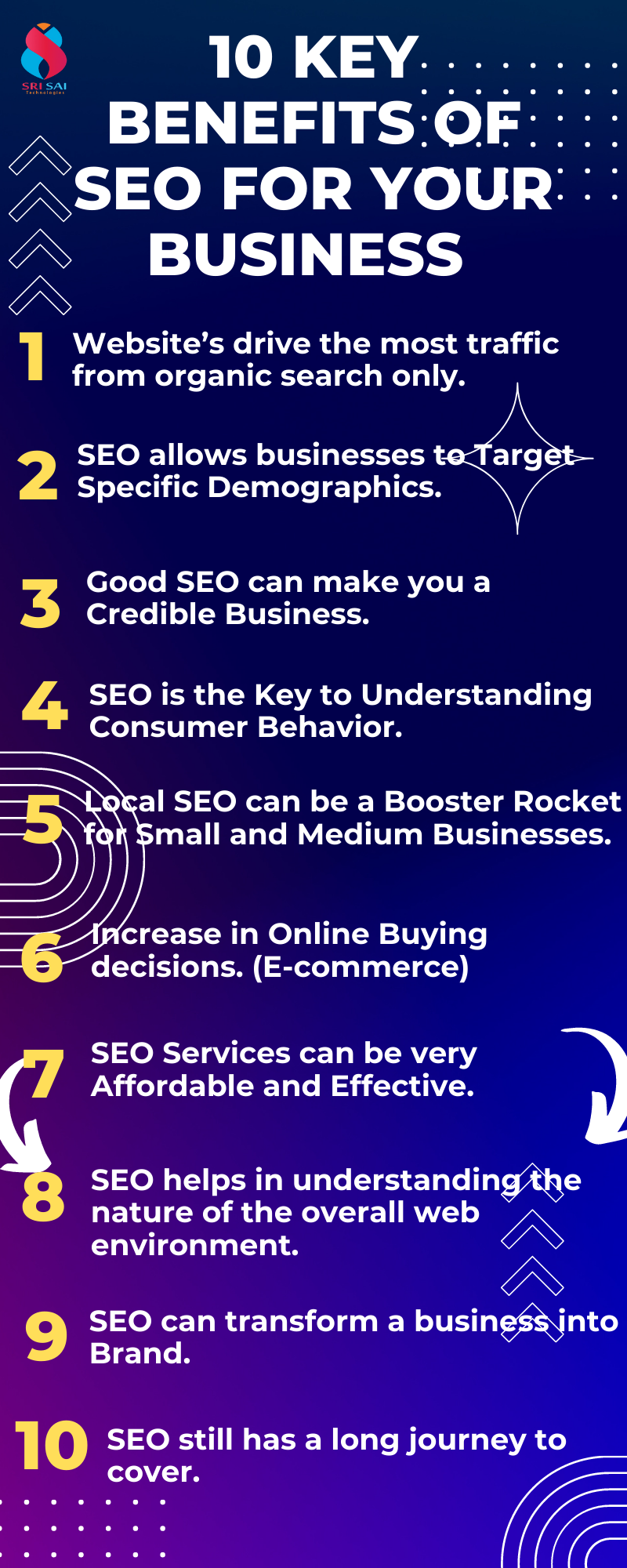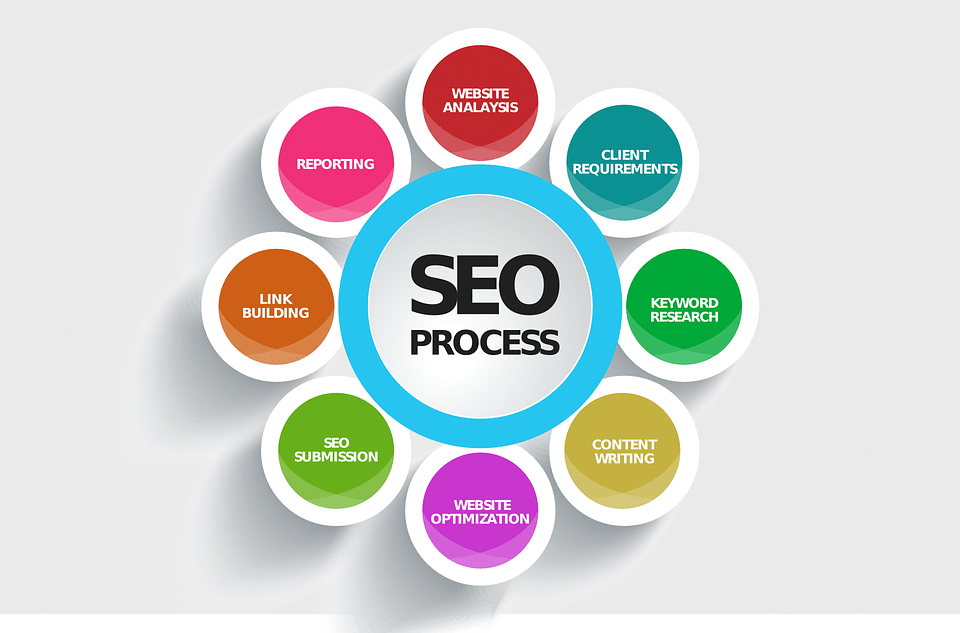Comprehensive Guide to What Is Not Considered a Default Medium in Google Analytics
Comprehensive Guide to What Is Not Considered a Default Medium in Google Analytics
Blog Article
Believing Outside the Box: Leveraging Unique Tools to Maximize Google Analytics Efficiency
In the realm of digital marketing, the quest for improved Google Analytics performance has ended up being a tactical necessary for organizations looking for to refine their online visibility. Typical techniques typically fall brief in catching the complete range of client interactions and habits. Nevertheless, by discovering unconventional tools as avenues of information collection, a new world of possibilities emerges. These undiscovered territories supply a riches of untapped understandings that might potentially reinvent the way we understand and enhance our digital approaches.
Special Data Resources

CRM systems, for instance, can offer understandings right into individual consumer communications, purchase background, and preferences, which can be incorporated with Google Analytics information to create even more individualized marketing strategies. Social media site systems provide beneficial data on user demographics, passions, and interaction metrics, allowing organizations to assess the efficiency of their social media projects and optimize web content for much better efficiency. Email advertising information, including open prices, click-through rates, and conversion metrics, can likewise be leveraged to track user interaction and habits beyond web site communications recorded by Google Analytics. By leveraging these distinct data sources, organizations can improve their strategies, boost targeting efforts, and improve total Google Analytics performance.
Social Network Insights

In addition, social media sites analytics tools enable organizations to track crucial performance signs, monitor project effectiveness, and gauge the effect of their on-line activities. Recognizing the demographics of followers, recognizing prominent web content themes, and reviewing interaction degrees can help organizations tailor their advertising and marketing techniques for far better results.
Offline Advertising Integration
Integrating offline marketing techniques with electronic analytics can enhance general project performance and supply an extra extensive understanding of customer actions. what is not considered a default medium in google analytics. By connecting the void between online and offline initiatives, organizations can track the impact of standard marketing channels such as print ads, television commercials, direct-mail advertising, and events on their on the internet visibility

Additionally, carrying out call radar for offline advertising and marketing activities enables organizations to record important information on client inquiries created with printed products or ads (what is not considered a default medium in google analytics). By examining call information together with online metrics in Google Analytics, services can acquire much deeper insights right into the client trip and enhance marketing methods for improved efficiency across all networks
IoT and Wearable Technology
Making use of IoT and wearable technology in electronic analytics can revolutionize information collection and consumer insights for organizations seeking a much deeper understanding of user habits patterns. These innovative innovations offer a seamless means to gather real-time information from various touchpoints. IoT gadgets can track customer interactions with services or products, providing useful information on use patterns and preferences. Wearable innovation, such as smartwatches or health and fitness trackers, can provide understandings into individual tasks, wellness metrics, and even location information.
Gamification Techniques
The application of gamification approaches in electronic analytics offers an innovative approach to enhancing individual interaction and driving actionable insights for services. By integrating game-like aspects such as factors, badges, leaderboards, and awards into the analytics interface, business can motivate users to engage more frequently and meaningfully with the information.
Gamification motivates users to check out different features of the analytics platform, revealing beneficial understandings that may have otherwise gone unnoticed. Through interactive challenges and progress monitoring, customers are incentivized to dig deeper into the data, leading to raised time invested in the system and a higher possibility of finding essential trends read the article or patterns.
Moreover, gamification can foster a feeling of competitors among users, stimulating them to pursue higher efficiency and interaction degrees. This affordable spirit can drive enhanced individual fostering prices and a much more comprehensive utilization of the analytics devices available. Inevitably, by leveraging gamification methods in digital analytics, businesses can develop a more productive and interesting environment for customers, leading to more educated decision-making and improved total performance.
Verdict
Finally, leveraging unconventional mediums such as one-of-a-kind data resources, social networks understandings, offline marketing assimilation, IoT and wearable technology, and gamification methods can optimize Google Analytics performance. By assuming outside the box and checking out these different resources of data, services can obtain important understandings and boost their overall advertising approaches. It is essential for business to continually check out brand-new means to gather data and examine it in order to remain ahead in the ever-evolving digital landscape.
By incorporating data from resources such as client partnership monitoring (CRM) systems, social media helpful site platforms, and email you can try these out advertising projects, businesses can get a more extensive understanding of their target market actions and involvement patterns. Social media platforms use useful information on user demographics, rate of interests, and engagement metrics, allowing businesses to evaluate the effectiveness of their social media campaigns and optimize web content for far better efficiency. By leveraging these special information sources, companies can refine their strategies, improve targeting initiatives, and improve general Google Analytics performance.
Exploring social media understandings can supply services with important data on customer demographics, passions, and interaction metrics, allowing for educated decision-making and critical optimization of advertising and marketing efforts. By thinking outside the box and discovering these alternative sources of information, services can gain beneficial understandings and improve their overall advertising and marketing techniques.
Report this page